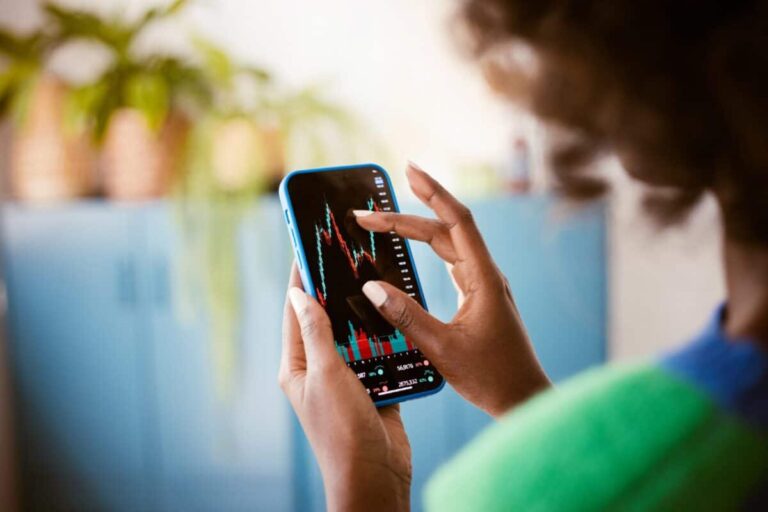
Image source: Getty Images
The Vodafone (LSE: VOD) share price has been spreading misery for years. It’s been one long tale of woe, falling from a dotcom boom peak of more than 500p to a miserable low of 63p in February 2023. I’ve been amazed the telecoms stock has managed to cling on to its FTSE 100 listing.
That said, the late-90s tech boom was clearly overcooked, and Vodafone did brilliantlly just to survive the crash. It’s also churned out billions in dividends over the years. But I never saw that as proper compensation for the relentless capital destruction. The yield was so high largely because the shares kept collapsing.
Under CEO Margherita Della Valle, appointed in April last year, things may finally be turning. Vodafone is up almost 15% over 12 months, with most of the gain coming in the last quarter. It’s now trading around 80p. That’s still volatile, but so is everything in today’s uncertain market.
Revenues up
Full-year results published on 20 May hinted at a business finding its feet. Revenue rose 2% to €37.4bn, with service revenue up 5.1%. The big drivers were Africa and Turkey, up 11.3% and 83.4%, respectively.
A €4.5bn impairment charge pushed the group to a €400m operating loss, but the board nonetheless confirmed another €2bn share buyback.
Crucially, the reshaped group now leans more heavily towards high-growth markets, which produce two-thirds of its adjusted free cash flow. As Della Valle said: “Vodafone has changed.”
The dividend is another story. It was slashed by 40% in 2019 to nine eurocents per share, stayed flat for five years, then halved again to just 4.5 cents in 2025. For anyone holding the stock for income, it’s been grim.
The trailing yield is still a decent 4.75%, covered 1.7 times by earnings. Forecasts show the dividend dipping slightly to 4.2 cents in 2026, then nudging higher to 4.3 cents the year after. By 2027, dividend cover is expected to hit 2.1, so there’s a chance the payout finally stabilises. A price-to-earnings ratio of 11.7 suggests there may be value here.
Debt and destruction
The group’s debt pile is still heavy though, falling slightly to €31.8bn in September 2024 thanks to asset sales. But that’s still a long way from light.
Capital expenditure will also stay high. On 2 June, Vodafone UK and Three UK confirmed they’d spend £1.3bn in the first year of their merger, now branded VodafoneThree. While the tie-up should deliver £700m in annual cost and capex savings within five years, that’s a long wait.
Return on capital employed is just 0.6%, which reflects years of underperformance.
According to 14 analyst forecasts, the median one-year Vodafone stock price target is 84.5p. If correct, that’s a rise of just under 5%. With the yield, the total return could hit 9.5%. If that plays out, £10,000 would turn into £10,950.
It’s a start. But it’s hardly thrilling. And forecasts are just that. A lot can go wrong.
I’ve avoided Vodafone for decades and done well as a result. For the first time, I’m tempted. But on balance, I still don’t think it’s worth considering today. I can see far better growth plays across the FTSE 100 and FTSE 250, and even more tempting dividend stocks.









